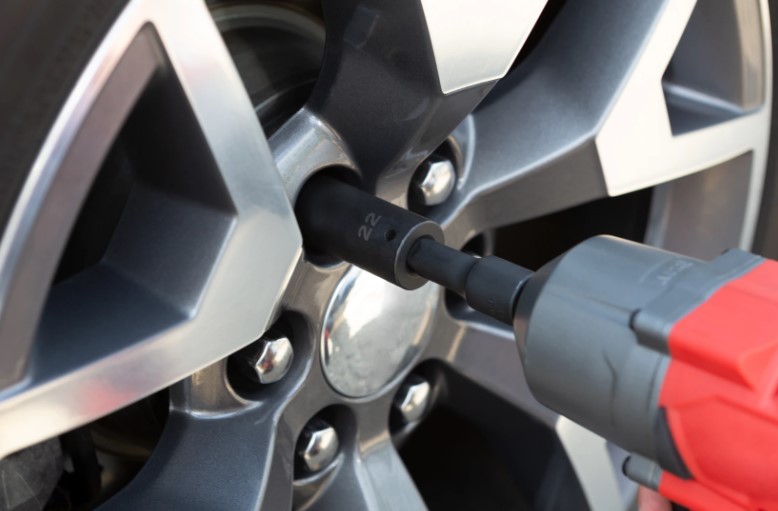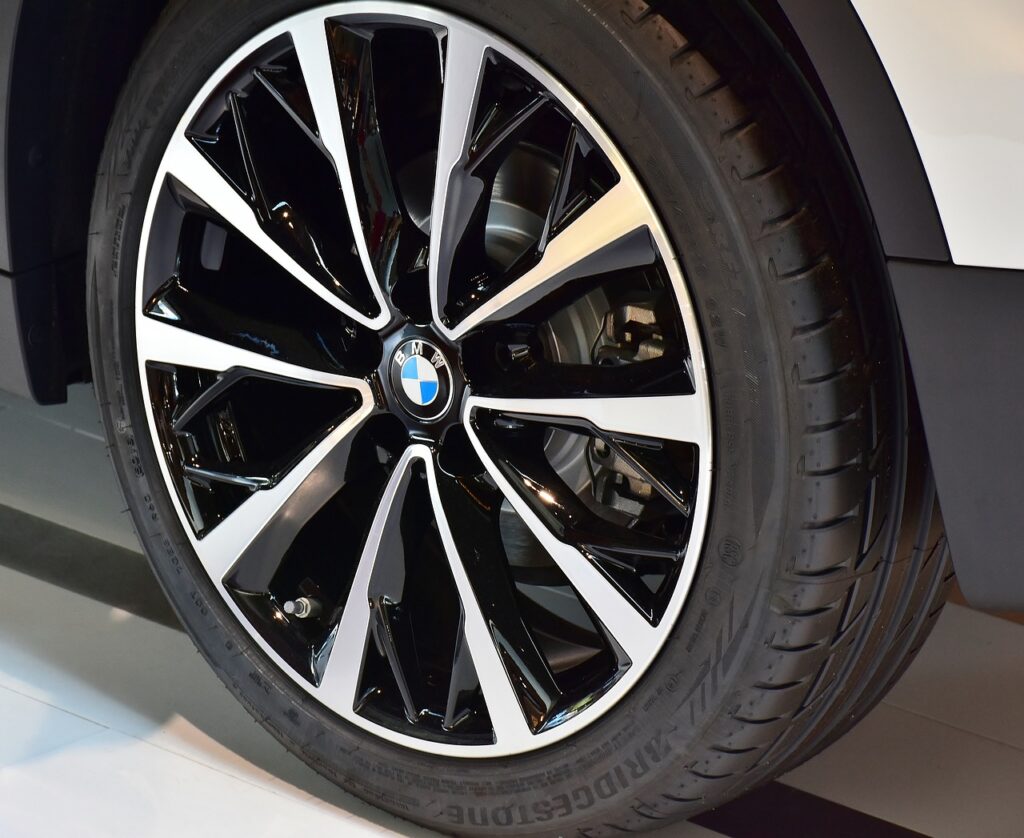As drivers we hear a lot about certain auto services that are important for maintaining vehicle safety and performance, but we may not know much about what those services entail. If you have ever wondered what is involved with a basic tire inspection and how necessary it really is, this post is for you!

When you bring your car to an auto shop for a routine tire inspection, the technician will perform a series of checks and evaluations to confirm that your tires are in good condition and safe for the road. The following are some of the checks that typically happen during a basic tire inspection:
Tire Pressure
The technician will check the pressure level on each tire. Proper inflation ensures optimal road contact, improves fuel efficiency, and extends tire life. A pressure gauge is used to measure the PSI (pounds per square inch) of each tire, and this reading is compared to the manufacturer’s recommended levels. If you are ever checking tire pressure on your own, you can usually find correct pressure in your vehicle’s owner’s manual or inside the driver’s side door.
Why it’s necessary: Correct tire pressure is important because underinflated tires can lead to poor handling, increased fuel consumption, and excessive tire wear. Conversely, overinflated tires may cause reduced traction and a rougher ride. Always trying to keep your tires at the proper levels.
Tread Depth Measurement
The technician will measure the tread depth of each tire using a tread depth gauge. This is crucial to ensuring your tires have enough grip on the road, especially in wet or icy conditions. In most cases, a tread depth of 2/32 of an inch is the legal minimum, though experts recommend replacing tires when the tread depth falls below 4/32 of an inch for safety reasons.
Why it’s necessary: Worn tires with insufficient tread depth can lead to poor traction, longer stopping distances, and a higher risk of hydroplaning. Good tread depth is also important for achieving optimal gas mileage. Inconsistent treadwear can also be an indicator of alignment issues, which can impact tire service life.
Visual Inspection for Damage
Next, the technician will visually inspect the tires for any visible damage, such as cuts, punctures, cracks, or bulges in the sidewalls. These issues could indicate potential hazards, such as a blowout or slow air leaks, and may require immediate repair or tire replacement. Valve stems and caps will also be inspected for any cracks, leaks, or missing caps.
Why it’s necessary: Even small punctures or sidewall damage can lead to serious tire failure, posing a safety risk to both the driver and others on the road. A faulty valve stem can cause a slow air leak, leading to a gradual loss of tire pressure, which can be dangerous and reduce fuel efficiency.
Alignment and Balance Check
Although not always part of a basic tire inspection, many shops will offer to check the alignment and balance of your tires if uneven wear is detected. Misaligned or unbalanced tires can cause the vehicle to pull to one side, uneven tire wear, and a less comfortable ride.
Why it’s necessary: Proper alignment and balance ensure smooth driving, reduce tire wear, and enhance fuel efficiency.
Tire Rotation
If your tires show signs of uneven wear, the technician may recommend a tire rotation. Rotating your tires regularly (every 5,000 to 8,000 miles) ensures even wear, extends tire life, and improves overall vehicle performance.
Why it’s necessary: Regular tire rotation helps to maximize the lifespan of your tires, saving you money in the long run.
Basic tire inspections are typically recommended every 6,000 to 8,000 miles or approximately every six months, depending on your driving habits and the type of vehicle you drive. Many drivers choose to have their tires inspected during routine oil changes to ensure regular maintenance. However, you should also consider scheduling a tire inspection:
- Before a long road trip to ensure your tires are in optimal condition
- Noticing issues such as unusual vibrations, pulling, or uneven tire wear patterns
- When there’s a noticeable drop in tire pressure or the TPMS light comes on
A basic tire inspection is an easy auto service checkup that will help to ensure your tires are safe, efficient, and ready for the road. By keeping your tires in good condition, you’ll enjoy better performance, improved fuel efficiency, and greater peace of mind while driving.

 Do you need winter tires?
Do you need winter tires? 






